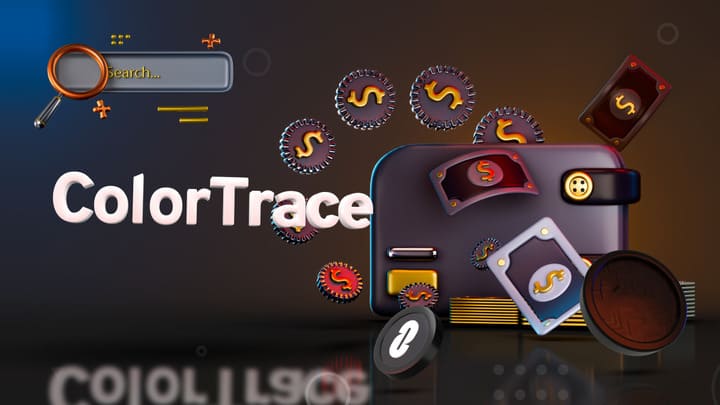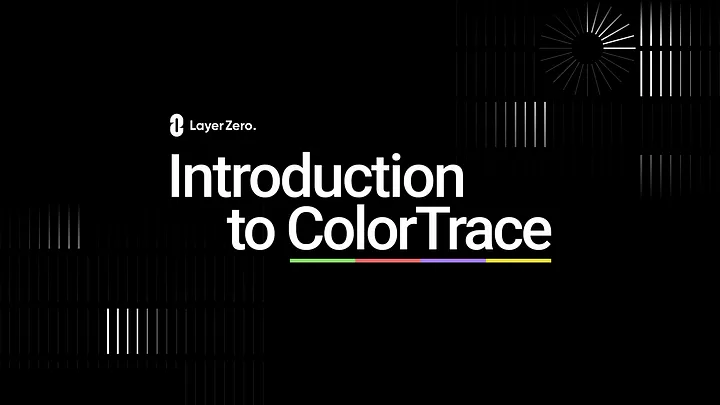What is ColorTrace? This cutting-edge technology, recently introduced by LayerZero, promises to bring groundbreaking applications to the blockchain and stablecoin space. So, what makes ColorTrace so special? Let’s dive into the details in this article.
The reason behind ColorTrace
Take a look at USDC, one of the most popular stablecoins today. Circle, the issuer of USDC, entered into a revenue-sharing agreement with Coinbase, a key player in USDC’s success.
As a result, Coinbase has earned nearly $1 billion annually from USDC’s growth.
However, USDC’s success isn’t solely due to Coinbase; other major players like Uniswap, Curve, Balancer, and Binance have also contributed. This raises a critical question: How can we accurately measure the contributions of these other participants to USDC’s success? This is the challenge that ColorTrace was created to address.
What is ColorTrace?
ColorTrace is a technology that allows each token issued by an entity, protocol, or user to be “color-coded,” representing its origin. For instance, when Binance mints USDC, the token could be marked with a yellow color, Coinbase’s tokens might be blue, Curve’s white, and Uniswap’s pink.
With ColorTrace, we can easily track:
- Which entities are issuing the most stablecoins.
- Which tokens are most active across various protocols like AMM, Lending & Borrowing, or Bridges.
This enables a more balanced distribution of benefits among participants, encouraging stronger collaboration, generating substantial revenue, and creating a powerful, sustainable growth cycle.
The journey of ColorTrace
Before ColorTrace, several solutions were proposed to solve this problem. One early approach was Colored Coins, an idea with potential but significant complexity. LayerZero researched and proposed four solutions:
- ColorFloat
- ColorTrace
- Rho
- ColorAge
After careful consideration, Verified USD Foundation chose ColorTrace as the foundation for developing their stablecoin, USDV.
ColorTrace in practice
Verified USD Foundation has implemented ColorTrace technology in the development of USDV, a stablecoin fully backed by real-world assets such as cash, overnight repos (short-term loans lasting one day), and short-term bonds. This technology allows them to easily identify participating partners and measure their contributions, leading to more effective incentive programs.
Is LayerZero ambitiously building its own stablecoin with such a robust infrastructure? Only time will tell. We hope this article has helped you understand ColorTrace and its significance in the blockchain ecosystem. Thank you for your interest in the article “What is ColorTrace” from Blockchain Bulletin Weekly.

